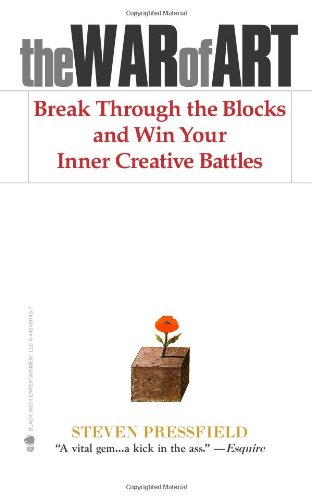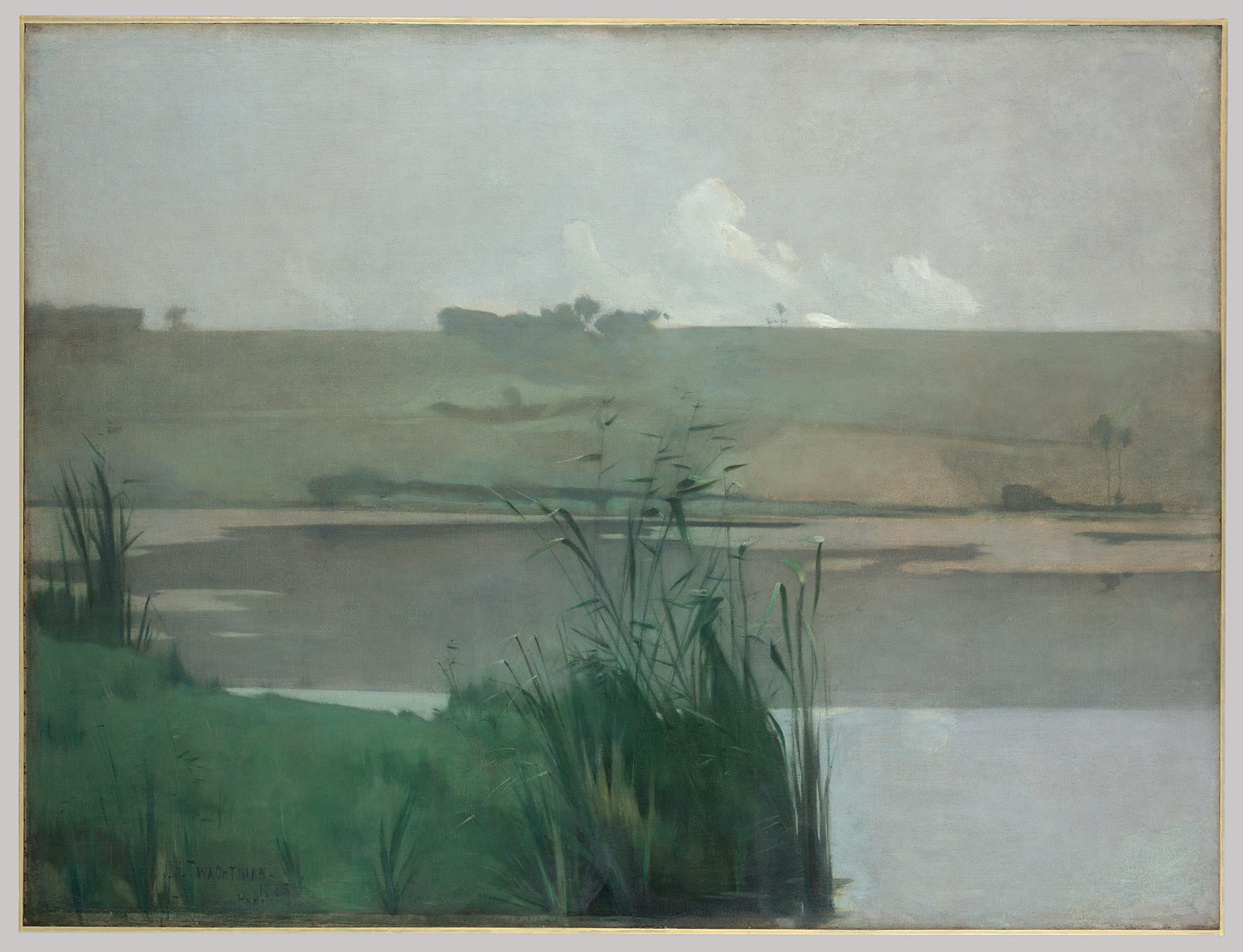Every October, my husband and I sneak off for a mountain
trip to recharge. It’s shoulder season in the resort towns – no snow yet for
skiing, no colorful fall leaves, a bit of mud, unpredictable weather. But it’s
our favorite time to be up there. The crowds are gone, and that in-between
season before winter starts is one of the most beautiful times to be up in the
hills. It’s a quiet beauty for sure, no bright colors shouting for your
attention, the weather in a state of confusion – seeing the beauty in it
requires you to slow down a bit, immerse yourself in the place for a while. It’s
not that obvious, but when you see it? Ahhh…. It’s good for the soul.
When we lived up in Grand County this was our favorite time
of year – yeah, it was mud season, but we had the hills all to ourselves. You can really soak up the character of a
place when you experience it in the quieter seasons. It’s like life – there are
the big ups and downs and momentous occasions that take your breath away with
their magnitude, but the way you respond in the quieter times, the mundane
every day – THAT’S where the meaning is. That’s where you shape yourself, your
life.
One evening on our trip, we drove my Landcruiser up a gnarly
four wheel drive road until it got so slow going that we could walk faster,
then we parked and went exploring. We decided to skip the road and went stumbling
cross country over a big field of talus, up towards the remains of an old mine.
The mountains around us had just a dusting of snow, and it was chilly out – the
end of a cloudy, unimpressive sort of day. As the sun went down, we found a
perch on some rocks up above the valley, and sat down to just drink it all in.
We had this huge amphitheater of mountains all to ourselves, and just sat in
awe as the sun lit the peaks of the hills as it dropped below the horizon.
I think we were both stunned at the importance of it all.
The quiet beauty, the hugeness of the landscape, our togetherness in a valley
of silence. We gnawed on some snacks and just watched the sun fade, then had a
conversation about how moments like these, in the grand scheme of things, were
what remind us that no matter what, it’s all good. We get so caught up in the everyday
stress of life – two businesses to keep afloat, two kids that keep us on our
toes, a house and two cars to upkeep, bills to pay – that sometimes, it’s hard
to find that place of gratitude, see the beauty in the world around us. But we
both sat there at the edge of treeline and knew that as long as we had this –
quiet moments in places where the world has been stripped bare by snow and wind
and altitude – we’d be okay. MORE than okay.
We joked that someday, we’d probably find ourselves living
in the mountains again. Then we trudged back down the car in the dark, laughing
at ourselves and our high altitude addiction. It was one of the best nights of
this year.
These moments of clarity don’t come often. I get them occasionally
when I’m somewhere amazing with someone I love, or when I’m flowing downhill on
my bike on some sublime piece of trail. I get them sometimes when I watch my
kids laugh, or see their little silhouettes come into my shadowy room in the
morning, ready to wake me up and start the day.
I have a hunch that the better I can stay in touch with those
feelings, the better my paintings will be. I paint the landscape because I have
this big pie-in-the-sky goal of translating that centered feeling that I get
outdoors onto a two-dimensional surface so that maybe, someday, someone will
get that feeling just looking at one of my paintings.
And so it is that the best paintings are not the ones that
are picture-perfect postcard views, but the ones where I’ve sat quietly with
the landscape and absorbed it, and let it change me a bit.
I’ll probably spend my whole life working on this in my
studio, and that’s one of the great things about painting.
"Enhanced with some intuition, a bit of ego, confidence, intellect, luck, perseverance, exhausting work and a lifetime of experience, perhaps, someday I will produce a painting that matches my ambition. I know it will not be anytime soon. This does not trouble me because my fascinating journey is much too fun to ever end. Picasso said that when you arrive, you are dead. When you examine his work, you'll see he did everything he could not to arrive."
- Clyde Aspevig, Recent Paintings 2004



























